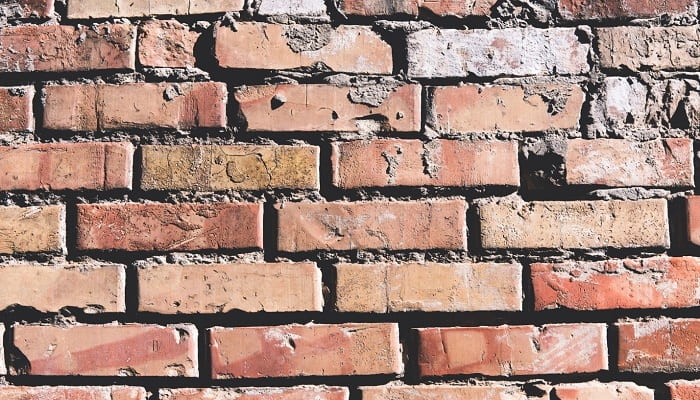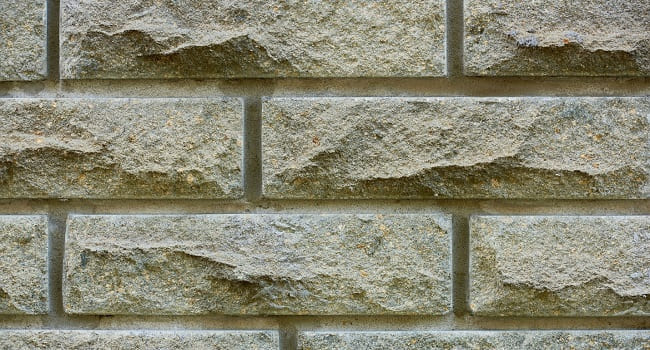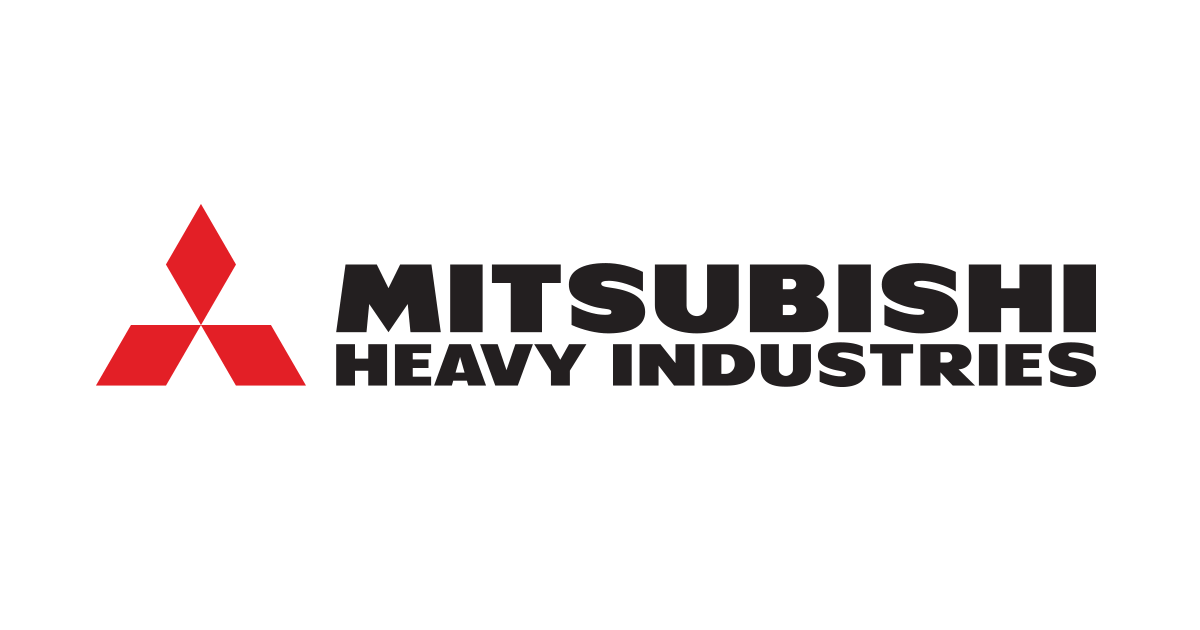What Does a Tuck Point Repair Do?
Tuck pointing is a specialized technique used in masonry to enhance both the aesthetics and structuralintegrity of brickwork. This process involves repairing the mortar joints between bricks, which candeteriorate overtime due to weathering, age, or other environmental factors. The entire process not onlyrestores the visual appeal of a building but also reinforces its stability.See more […] The post What Does a Tuck Point Repair Do? appeared first on World Construction Today.

Tuck pointing is a specialized technique used in masonry to enhance both the aesthetics and structuralintegrity of brickwork. This process involves repairing the mortar joints between bricks, which candeteriorate overtime due to weathering, age, or other environmental factors. The entire process not onlyrestores the visual appeal of a building but also reinforces its stability.See more about tuckpointing on this website here.
The first step in repairs is a thorough inspection of the brickwork, where a professional mason examinesthe condition of the joints and identifies areas that need repair. Preparation involves removing thedamaged sealant without harming the surrounding bricks, and they are done using specialized tools likegrinders or chisels to carefully scrape out the old materials. Cleaning the area well can help.
Once the damaged section is removed, the next step is mixing newly dyed mortar witha bonding agent tomatch the original in color and consistency, and this step is important for maintaining the uniformappearance of the brickwork. There will also be a 10-minute period of slake or rest for the mixture before starting to use it.
The new sealant is then carefully applied to the cleaned joints using a trowel. The mason ensures that themixture is compacted well to fill any gaps, which helps in restoring the structural integrity of the wall.Thefinal step in the tuck point repair process involves finishing the joints to ensure a smooth and cohesivelook.
The mason might use different tools to shape and smooth the new mix, ensuring it blends seamlessly withthe existing brickwork. Sometimes, a different color is applied on top of the freshlylaid mortar to give aneat, decorative finish. This step not only enhances the aesthetic appeal but also provides an additionallayer of protection against the elements.
What are the Benefits of the Repairs?
Enhanced Structural Integrity
One of the primarybenefits of applying a new mortar is the significant improvement in the structuralintegrity of brickwork. Over time, the joints can crack and crumble, leading to potential instability in thewall, and by removing the deteriorated materials and replacingthem with fresh, strong mortar, the overallstrength of the wall is enhanced. This prevents issues like water infiltration, which can cause furtherdamage to both the bricks and the underlying structure that it protects.
Improved Aesthetic Appeal
The process also greatly improves the visual appeal of a building, since damaged or eroded joints can makea building look old and neglected. Restoration works make them look fresh and well-maintained. Thetechnique of using contrasting colors for the mortar can also highlight the brick patterns, adding anelement of design to the structure. This is particularly beneficial for historic buildings, where maintainingthe original appearance can hold historic significance.
Cost-Effective Maintenance
Overall, the entireprocess can be cheaper and when you’re able to address the problems early on, youcan prevent expensive and extensive fixes down the road. They are going to preserve the overall structuralintegrity of the wall and you can avoid disastrous results.
Well-maintained brickwork can increase the property’s value, making tuck-pointing a wise investment.Regular maintenance through an Omaha tuck point repair can extend the lifespan of brick structures,ensuring they remain safe and visually appealing for many years.
When to Consider Tuck Point Repair?

Signs of Deterioration
Homeowners and property managers should be aware of the signs that indicate the need for tuck point repair. These signs include visiblecracks in the mortar joints, crumbling or flaking mortar, and gapsbetween the bricks. Water damage, such as efflorescence (white, chalky deposits on the brick surface),can also signal the need for repairs. Noticing these signs early can prevent more severe damage and costlyrepairs in the future.
Periodic Maintenance
Even in the absence of visible damage, periodic tuck point maintenance can be beneficial. Brick buildingsare exposed to various weather conditions that can gradually weaken the mortar joints. Regularinspections and maintenance every few years can ensure that any developing issues are addressed promptly.
This proactive approach helps in maintaining the building’s structural integrity and appearance over thelong term.Find info about brick wall cleaning and maintenance on this webpage:https://www.wikihow.life/Clean-Brick-Wall.
Professional Assessment
While some minor repairs might be manageable for a skilled DIY enthusiast, it is generally advisable to seek a professional mason’s assessment for tuck point repair. Professionals have the expertise and tools necessary to perform the job accurately and efficiently. They can identify underlying issues that might notbe immediately apparent and ensure that the repair work is done to a high standard, providing lastingresults.
Tuck point repair is an essential maintenance practice for brick structures, offering numerous benefits interms of structural integrity, aesthetic appeal, and cost-effectiveness. Understanding the process andrecognizing the signs of mortar deterioration help owners take timely action to preserve their buildings.Whether it’s a historicbuilding or a modern home, tuck-pointing plays a crucial role in maintaining thebeauty and strength of brickwork.
The post What Does a Tuck Point Repair Do? appeared first on World Construction Today.

 machineryasia
machineryasia 







